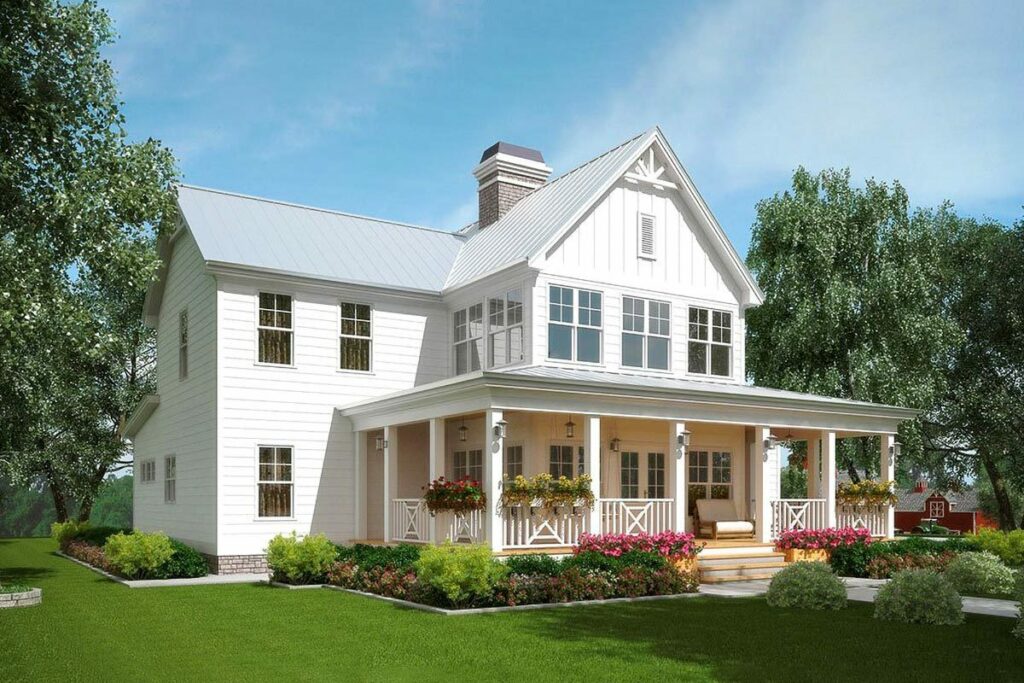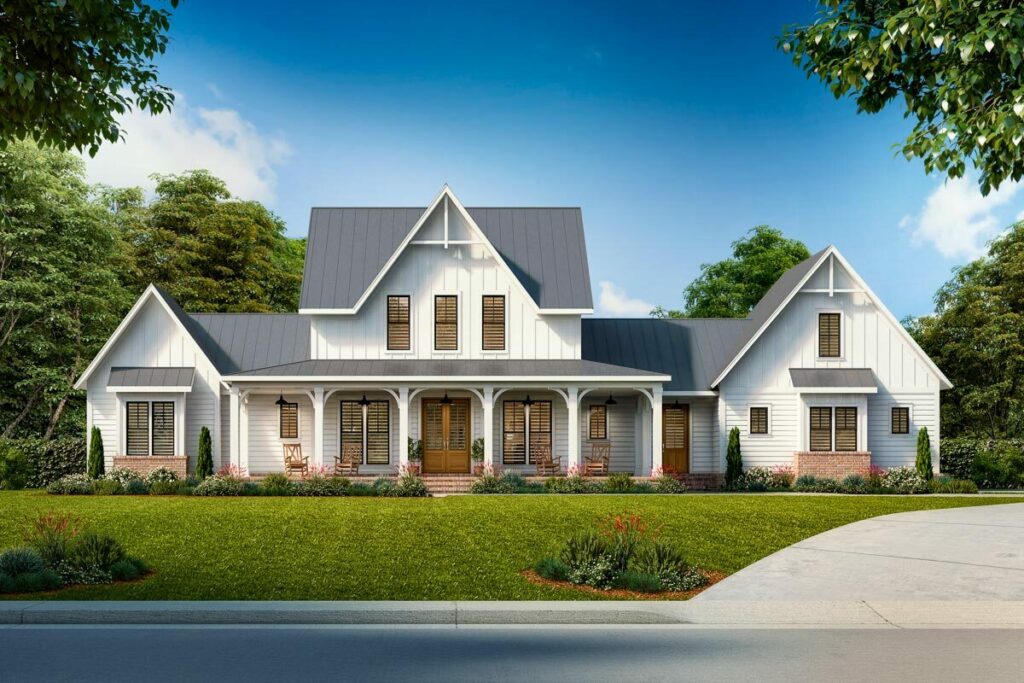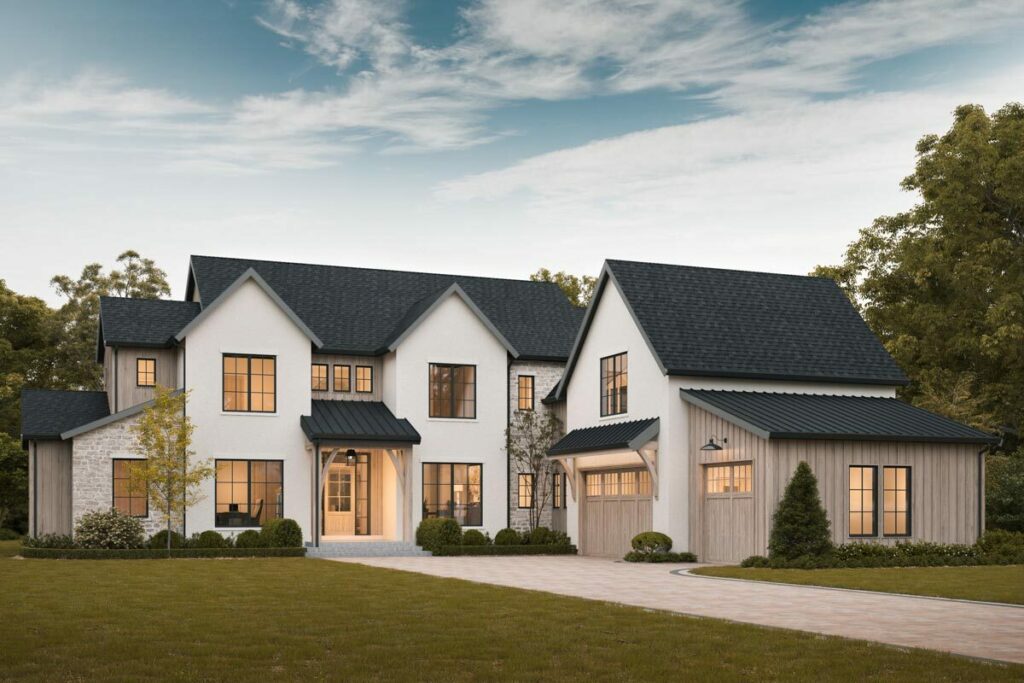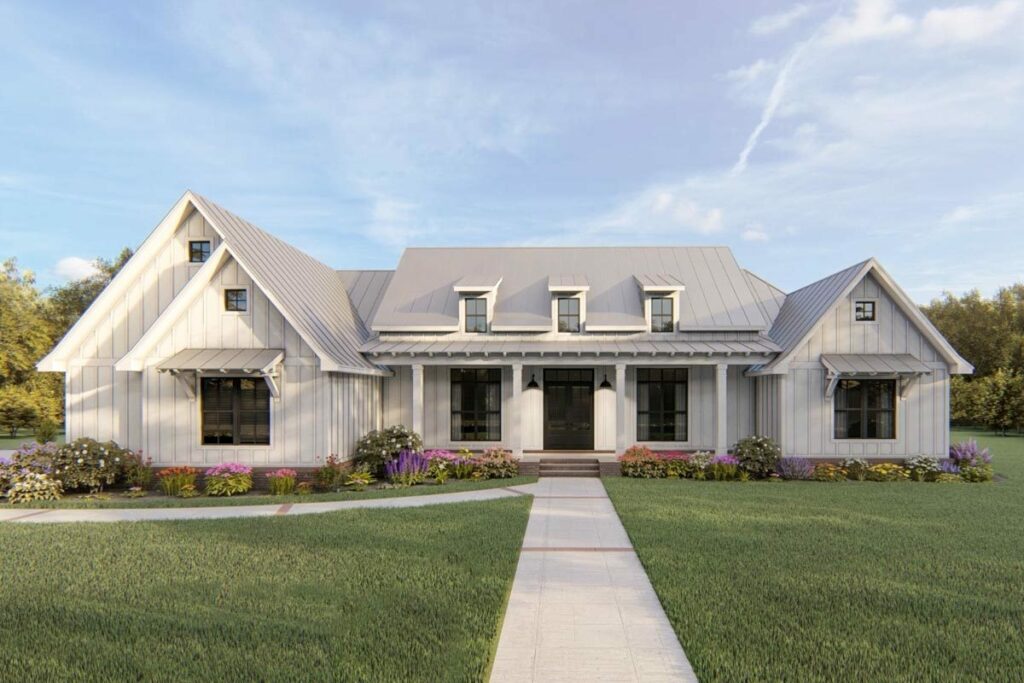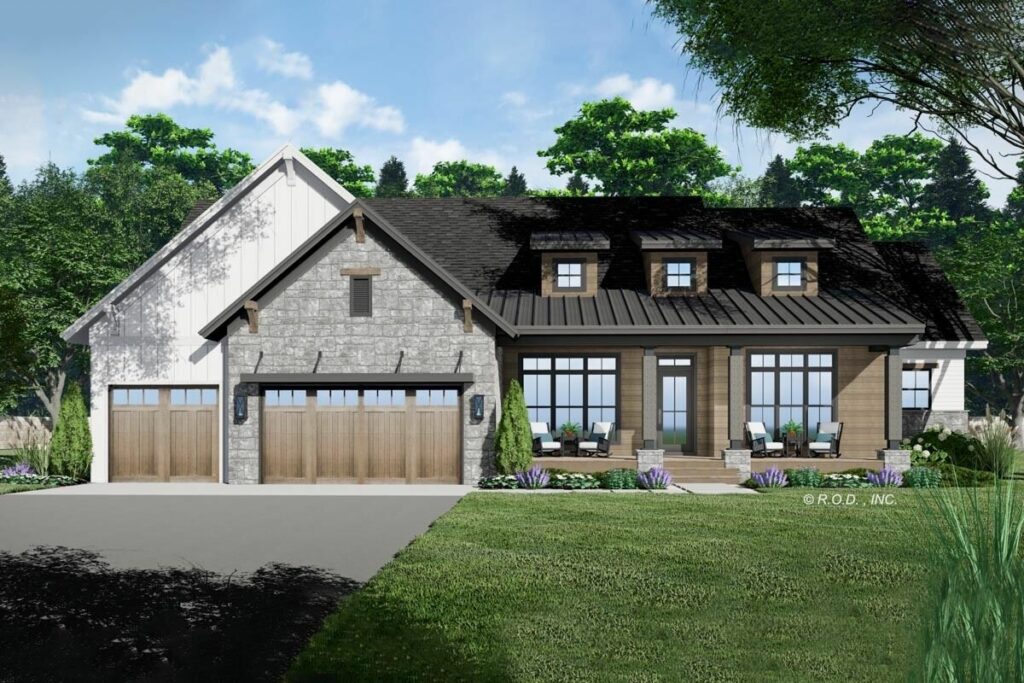What Are the Key Elements of Modern Interior Design?
In the ever-evolving landscape of interior design, the modern style has emerged as a beacon of simplicity, functionality, and elegance.
It transcends mere aesthetic preferences to reflect a lifestyle that values clarity, comfort, and the beauty of simplicity.
This article delves into the core elements that define modern interior design, offering a roadmap for those looking to infuse their spaces with a contemporary flair.
The Essence of Simplicity
At the heart of modern interior design lies the principle of simplicity. This isn’t about starkness or a lack of decor but celebrates the beauty of uncluttered spaces, where every object serves a purpose.
Furniture in modern homes is chosen for its functional design and simplicity, often featuring clean, sleek lines that complement the overall minimalist aesthetic.
This approach not only enhances the visual appeal of a space but also promotes a serene and orderly environment, where one can find calm and clarity amidst the chaos of daily life.
Clean Lines and Geometric Shapes
The modern design palette is rich with straight lines and geometric forms. From the architectural layout to the furniture and decor, each element is defined by its simplicity and precision.
These clean lines and shapes contribute to a sense of order and balance within a space, making it more aesthetically pleasing and easier to navigate.
For instance, a rectangular dining table, a square coffee table, or cylindrical lamps can act as focal points, drawing the eye with their simple yet bold forms.
This geometric simplicity is not just a stylistic choice but a reflection of the modern ethos that values functionality and streamlined beauty.
Neutral Color Palette with Bold Accents
A neutral color palette is the backdrop of choice in modern interior design. Shades of white, black, gray, and beige dominate, creating a canvas that is both timeless and versatile.
These colors not only make spaces appear larger and more open but also provide a calming effect, making homes feel like sanctuaries of peace and relaxation.
However, modern design is not averse to color; on the contrary, it embraces bold accents to inject vibrancy and personality into spaces.
A bright piece of art, a vibrant throw pillow, or a colorful rug can serve as a striking contrast, adding layers of depth and interest to the otherwise neutral scheme.
Embracing Natural Materials
Despite its forward-looking stance, modern interior design maintains a deep connection with the natural world through the use of organic materials.
Wood, stone, leather, and natural fibers are not only chosen for their aesthetic appeal but also for the warmth and texture they add to interiors.
These materials are often showcased in their most natural forms, with minimal processing, to highlight their inherent beauty and imperfections.
The use of natural materials brings a piece of the outside world into the home, creating a comforting and grounding effect that resonates with the human spirit.
Open Space Concept
The modern design philosophy advocates for open, airy spaces that blur the boundaries between different living areas.
The open floor plan is a hallmark of this style, combining the kitchen, living room, and dining area into a single, cohesive space.
This layout not only enhances the visual flow of a home but also fosters a more social and interactive environment.
The absence of walls allows natural light to permeate the space freely, making it appear brighter and more welcoming.
Furthermore, the open space concept embodies the modern principles of flexibility and efficiency, offering multiple functionalities within a single area and adapting to the dynamic needs of contemporary living.
Functionality and Efficiency
A hallmark of modern interior design is its focus on functionality and efficiency, ensuring every element within the space is both purposeful and practical.
This principle is manifested through the clever use of multipurpose furniture, smart storage solutions, and flexible layouts that adapt to the changing needs of its inhabitants.
The design prioritizes the efficient use of space, incorporating built-in features and innovative designs that streamline daily living without sacrificing style.
Moreover, the selection of durable, low-maintenance materials and energy-efficient appliances reflects a commitment to sustainability and ease of living, mirroring the modern lifestyle’s emphasis on practicality and environmental consciousness.
Innovative Lighting Design
Lighting in modern interior design transcends its basic function of illumination to become an essential aspect of the aesthetic and mood of a space.
Natural light is maximized through large windows and open layouts, promoting energy efficiency and a connection with the outdoors.
Artificial lighting, on the other hand, is strategically placed to enhance the functionality and ambiance of a room.
LED lighting, track lights, and statement light fixtures are used not only to illuminate but also to create focal points and add to the overall design narrative.
The careful layering of ambient, task, and accent lighting ensures that each space is well-lit, inviting, and adaptable to the varying needs of its occupants.
Integration of Technology
In the modern home, technology is seamlessly integrated to enhance functionality and comfort.
Smart home systems allow for the control of lighting, temperature, security, and entertainment at the touch of a button, reflecting the modern demand for convenience and efficiency.
The design of these spaces often includes built-in charging stations, hidden wires, and tech-friendly furniture, ensuring that technology complements rather than disrupts the aesthetic harmony of the home.
This integration signifies the modern interior’s adaptation to the digital age, marrying technological advancements with stylish design.
Artistic Expression through Art and Accessories
While modern interior design favors simplicity, it also provides a canvas for personal expression through art and accessories.
Unlike traditional decor that might rely on ornate details, modern spaces use art and decorative objects sparingly but impactfully.
A single, bold piece of abstract art or a unique sculpture can serve as a stunning focal point in a room, adding a layer of depth and personality.
These elements are chosen not only for their visual appeal but also for their ability to convey the homeowner’s style and interests, making each modern home uniquely personal.
Textures and Textiles for Depth
The neutral color palette of modern design is beautifully complemented by the use of varied textures and textiles, which add warmth and interest to the space.
Rugs with geometric patterns, plush throw pillows, and soft, natural fabrics invite touch and comfort, counterbalancing the clean lines and sleek surfaces typical of modern furniture.
This emphasis on texture enriches the sensory experience of a space, making it more inviting and comfortable.
The strategic use of textiles can also help delineate areas within an open-plan space, adding to its functionality and aesthetic appeal.
Modern interior design is a reflection of the contemporary spirit, embodying simplicity, functionality, and beauty.
Through its key elements—from the minimalist approach and clean lines to the integration of natural materials and cutting-edge technology—it creates spaces that are not only visually striking but also deeply resonant with the lifestyles and values of those who inhabit them.
As we navigate the complexities of modern life, the principles of modern design offer a blueprint for creating homes that are sanctuaries of calm, centers of creativity, and hubs of social interaction.

